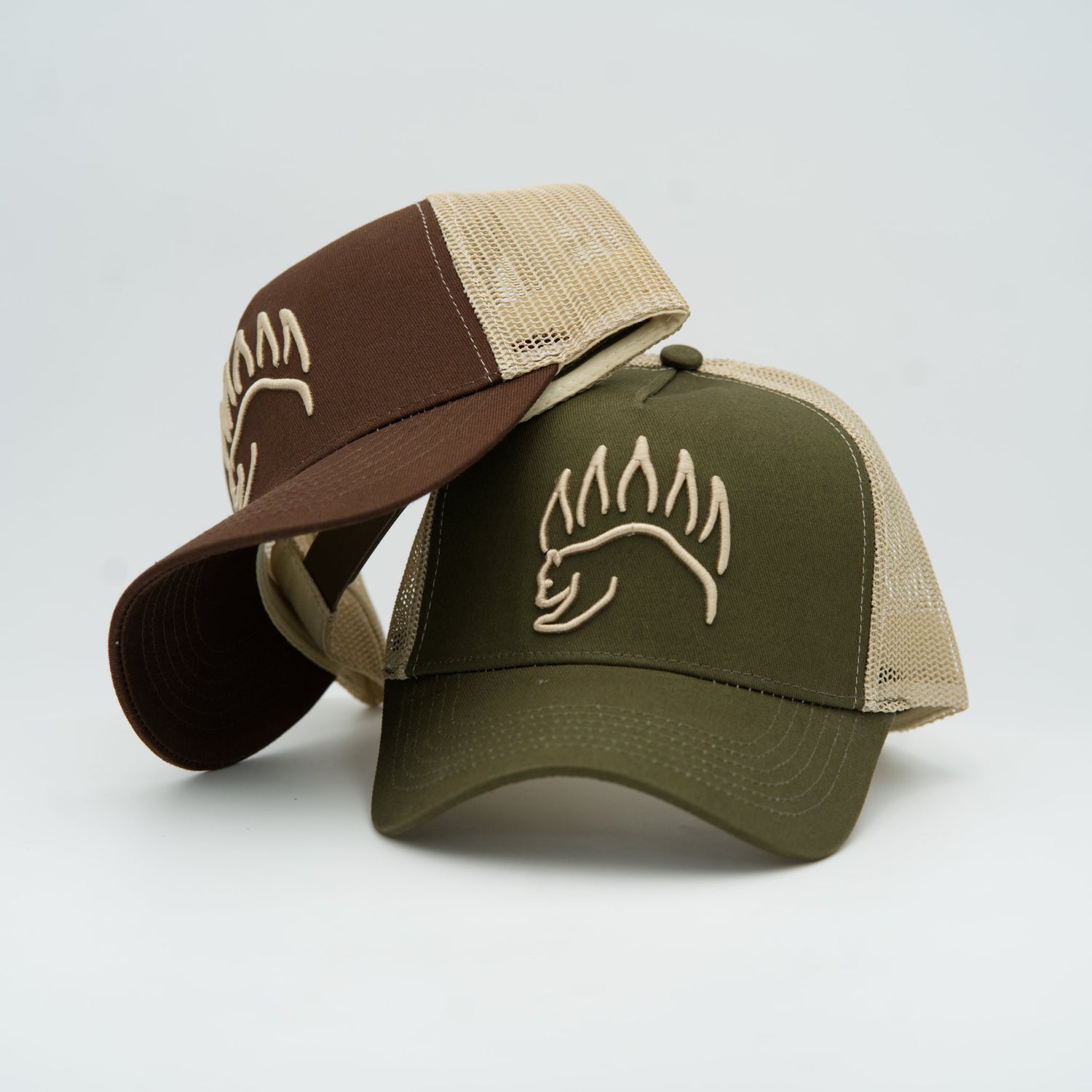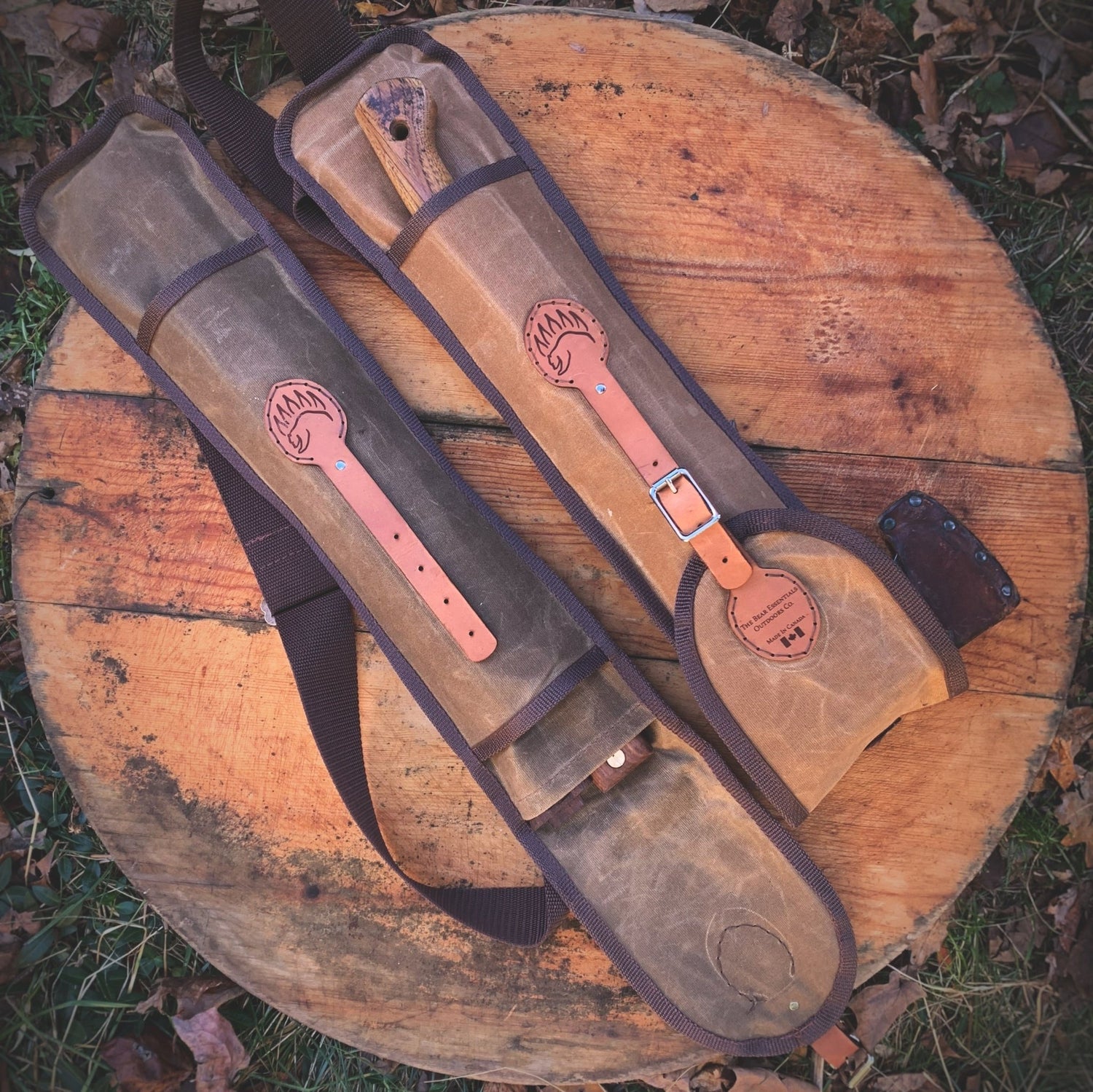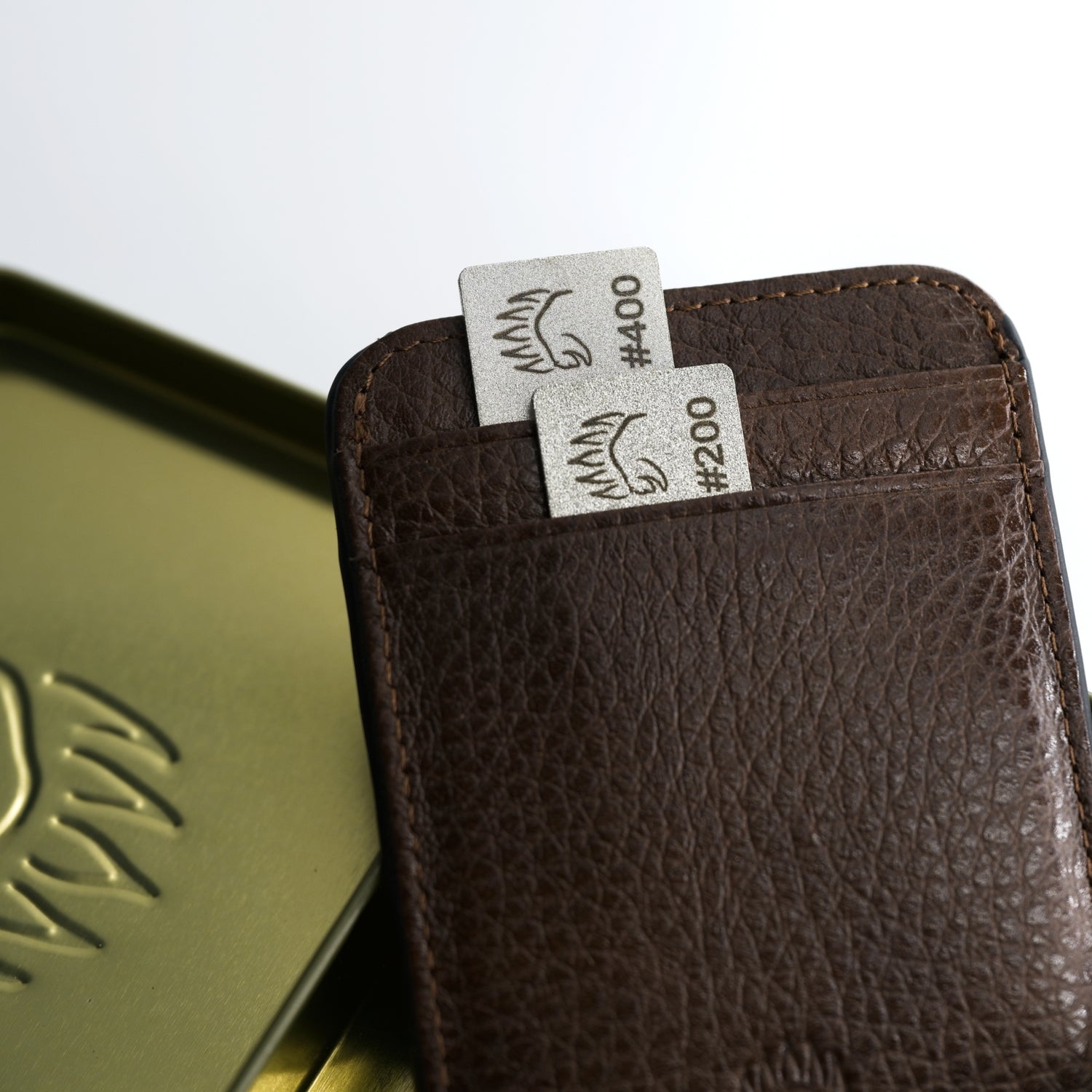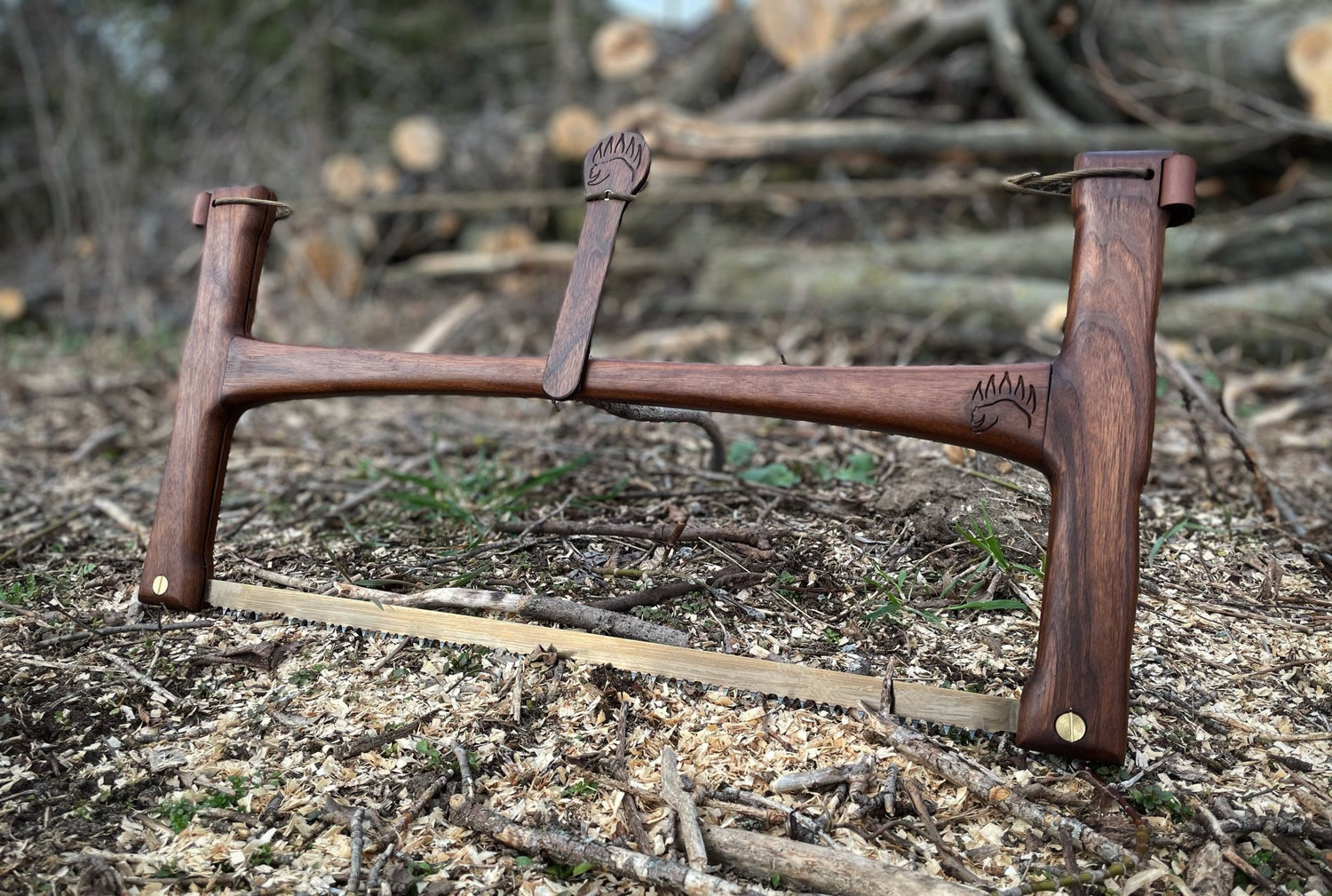Are your feet constantly feeling the chill, despite investing in what seemed like top-of-the-line winter boots? Well, you might be making some critical mistakes that are leaving your toes frozen. In this guide, we'll delve into the bare essentials of winter footwear and highlight three common errors you might be making. 
Mistake #1: Falling for Expensive High-Tech Boots
We've all been lured by those high-tech winter boots boasting multiple layers of moisture-wicking material and supreme waterproofing. They're great if you're standing still in the cold, but what about when you're on the move, camping overnight, or facing situations where drying them isn't an option? 
Here's the scoop:
 Those boots, while effective in certain scenarios, can become moisture traps when you're active for extended periods or can't dry them out. Trapped moisture spells trouble, as it slowly robs your feet of warmth, especially in freezing temperatures. Survival experts like Morris Kohanski and Les Stroud remind us: "You sweat, you die" – water conducts heat much faster than air.
Those boots, while effective in certain scenarios, can become moisture traps when you're active for extended periods or can't dry them out. Trapped moisture spells trouble, as it slowly robs your feet of warmth, especially in freezing temperatures. Survival experts like Morris Kohanski and Les Stroud remind us: "You sweat, you die" – water conducts heat much faster than air.  While high-tech boots excel for short outings, traditional cheaper boots might outperform them in longer adventures with the right approach.
While high-tech boots excel for short outings, traditional cheaper boots might outperform them in longer adventures with the right approach.
Mistake #2: No Moisture Management Plan
Regardless of the type of boots you wear, your feet will sweat when you're active. Failing to address this moisture buildup can result in cold, uncomfortable feet. Enter the importance of a moisture management plan. 
Enter the game-changer: Replacement Pair of Wool Socks
 Not only do they offer superior insulation, but they also wick moisture away from your skin.
Not only do they offer superior insulation, but they also wick moisture away from your skin.  Swap out your socks regularly, especially during breaks or before bedtime. It's a simple yet effective way to ensure your feet stay warm and dry throughout your adventure.
Swap out your socks regularly, especially during breaks or before bedtime. It's a simple yet effective way to ensure your feet stay warm and dry throughout your adventure.
How to keep your feet warm with:
Hiking Boots:
If you're rocking insulated or non-insulated hiking boots, leverage the power of wool socks. Swap out damp socks for dry ones, ensuring your feet remain warm and dry throughout your adventures. 

Pack Boots:
These versatile boots often come with removable wool liners, making them ideal for winter conditions. Adopt a sock-changing strategy, ensuring you always have dry insulation against your skin. 



Rubber Boots:
Whether your rubber boots feature a removable liner or not, having multiple pairs of socks is key. Alternatively, consider the vapor barrier method to prevent moisture from seeping into your boots. 


Vapour Barrier Method
 Another effective approach for dealing with these types of boots is the vapor barrier method. It functions similarly to how a wetsuit operates. Essentially, you sweat, and a plastic moisture barrier traps that moisture, creating a warm, moist environment around your foot. While it may sound a bit unpleasant, it's actually quite effective.
Another effective approach for dealing with these types of boots is the vapor barrier method. It functions similarly to how a wetsuit operates. Essentially, you sweat, and a plastic moisture barrier traps that moisture, creating a warm, moist environment around your foot. While it may sound a bit unpleasant, it's actually quite effective.  You wear an insulating, thicker sock over the plastic moisture barrier. This sock remains dry, as no moisture transfers to the boot. When needed, you can simply replace the moisture barrier without having to carry multiple pairs of socks or liners. Although this method isn't my personal favorite due to the potential for your foot to become wrinkled and smelly from sitting in water all day, it can be a lifesaver in a pinch when you're lacking additional layers. It's essential to understand that these methods we've discussed are only beneficial under specific circumstances.
You wear an insulating, thicker sock over the plastic moisture barrier. This sock remains dry, as no moisture transfers to the boot. When needed, you can simply replace the moisture barrier without having to carry multiple pairs of socks or liners. Although this method isn't my personal favorite due to the potential for your foot to become wrinkled and smelly from sitting in water all day, it can be a lifesaver in a pinch when you're lacking additional layers. It's essential to understand that these methods we've discussed are only beneficial under specific circumstances.
Mistake #3: Choosing Boots That Are Too Tight
In a bid for snugness, many individuals make the mistake of purchasing winter boots that are too tight. Remember, winter boots should allow room for thick wool socks and provide ample space for your toes to wiggle. 
 Although this method isn't my personal favorite due to the potential for your foot to become wrinkled and smelly from sitting in water all day, it can be a lifesaver in a pinch when you're lacking additional layers. It's essential to understand that these methods we've discussed are only beneficial under specific circumstances.
Although this method isn't my personal favorite due to the potential for your foot to become wrinkled and smelly from sitting in water all day, it can be a lifesaver in a pinch when you're lacking additional layers. It's essential to understand that these methods we've discussed are only beneficial under specific circumstances.
Bonus Tips
Tight boots not only restrict blood flow but also promote heat loss through conduction. Opt for boots that are one to two sizes larger than your regular shoe size, ensuring maximum comfort and insulation. 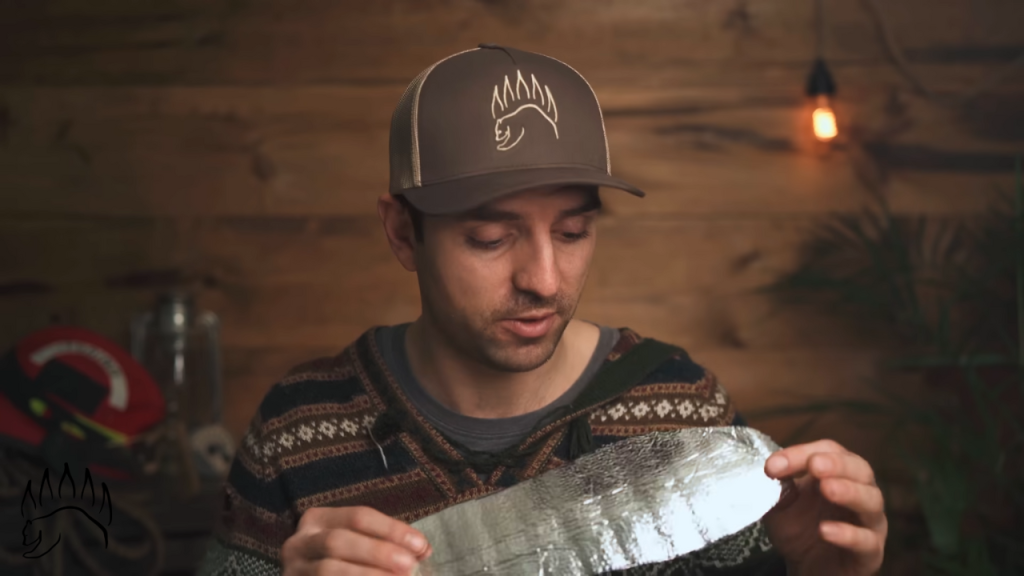 Don't let misconceptions about winter footwear leave your feet cold and miserable. By avoiding these three mistakes and embracing smart moisture management strategies, you can enjoy warm, toasty toes throughout your winter adventures. Stay dry, stay warm, and may your outdoor escapades be filled with unforgettable memories!
Don't let misconceptions about winter footwear leave your feet cold and miserable. By avoiding these three mistakes and embracing smart moisture management strategies, you can enjoy warm, toasty toes throughout your winter adventures. Stay dry, stay warm, and may your outdoor escapades be filled with unforgettable memories!
Complete your camping gear with The Bear Essentials Outdoors Co.'s Original Bear Paw Hat! Our hats are true to our Earthy Brown and Green Tones and Traditional style. We have one special variation for LARGER heads - Where traditional snapback hat's don't typically fit. Order yours today! Discover camping gear guides.

